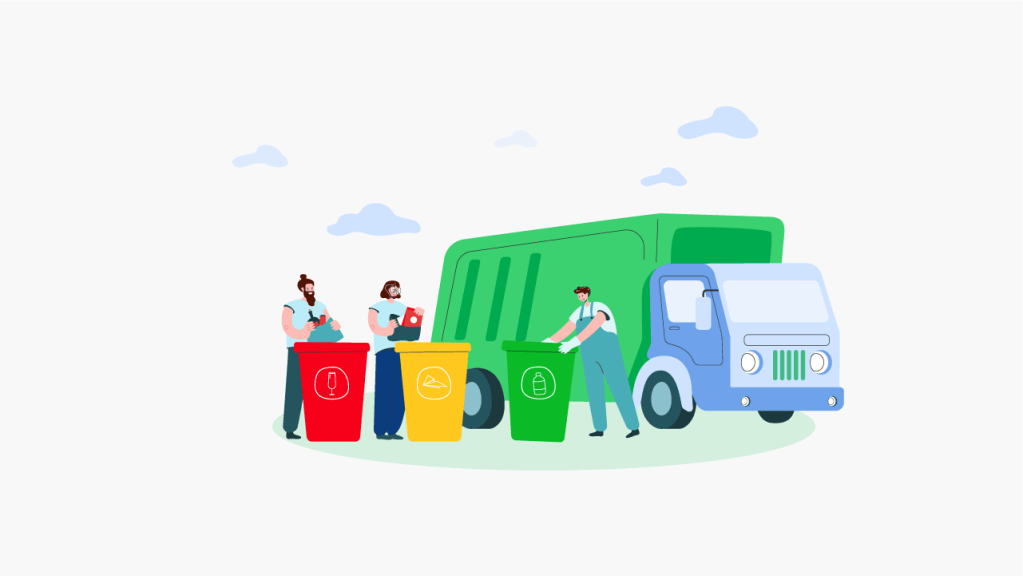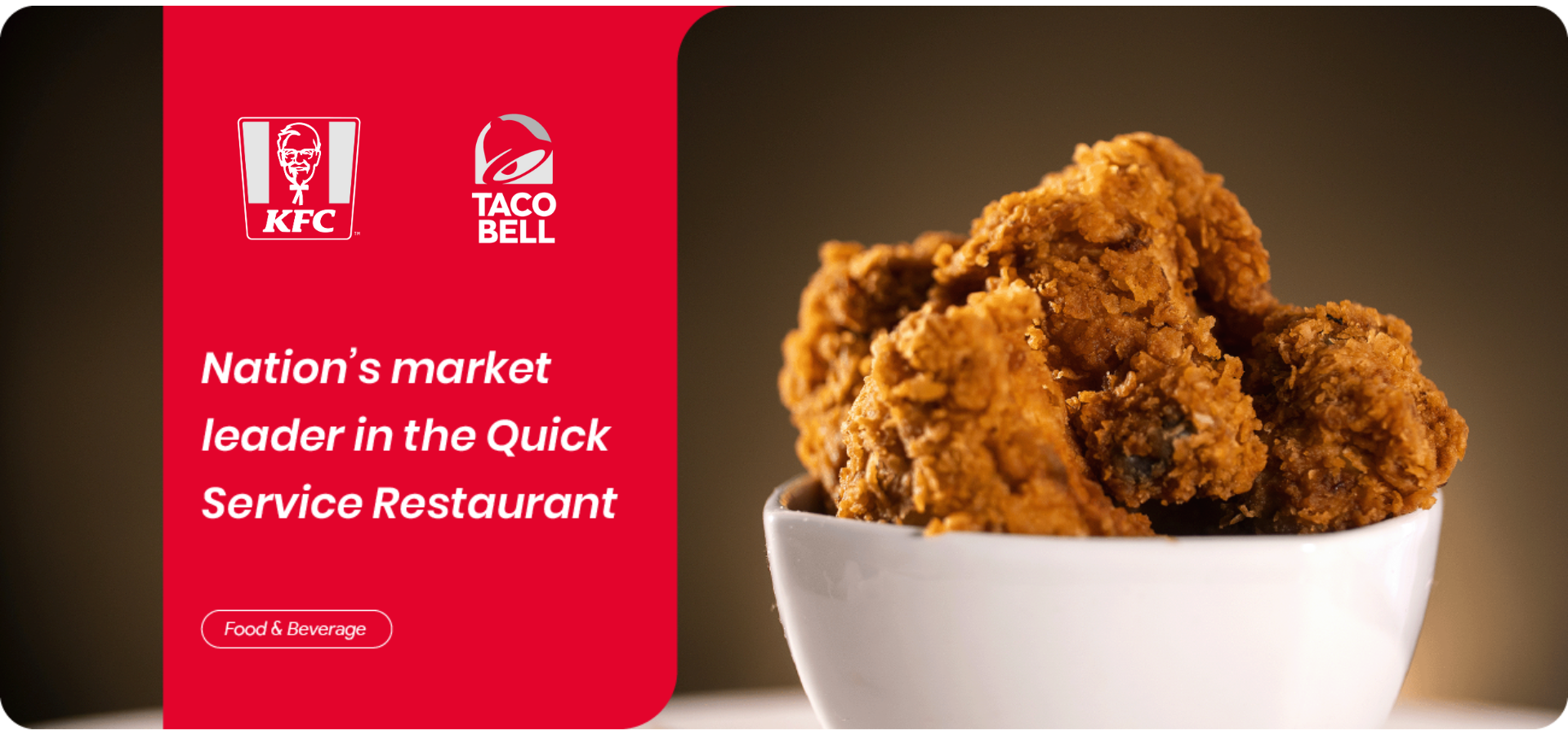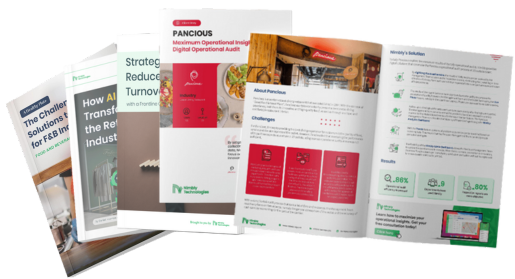

Limbah makanan merupakan masalah yang terus dihadapi oleh sektor industri makanan dan minuman. Setiap hari, berton-ton makanan dibuang oleh restoran di seluruh dunia. Sebuah penelitian mengungkapkan bahwa secara global, sekitar 1,3 miliar ton makanan terbuang sia-sia setiap tahunnya.
Hingga saat ini, semakin banyak restoran yang sadar lingkungan dengan mengurangi limbah makanan seminimal mungkin. Dengan mengurangi limbah makanan, restoran membantu menyelamatkan planet sambil mewujudkan keberlanjutan. Pada akhirnya, restoran juga akan menghemat lebih banyak uang.
Baca juga: 4 Manfaat Penting tentang Pengelolaan Sampah yang Perlu Anda Ketahui
Berikut ini adalah strategi yang dapat diterapkan oleh restoran Anda untuk mengurangi limbah makanan dan meningkatkan profitabilitas.
| 1. Implement Good Inventory Management 2. Try to Reuse Any Products 3. Donate Excess Food to Charity 4. Create Garbage Management Team | 5. Turn Organic Waste Into Composts 6. Practice Wise Planning and Shopping 7. Utilize Digital Checklist or Tracking Apps |
Manajemen persediaan berperan penting dalam upaya mengurangi limbah makanan. Manajer restoran harus menerapkan manajemen inventaris yang baik. Ini dapat dilakukan dengan menyimpan makanan dengan benar dan memberikan rencana cadangan jika terjadi kesalahan untuk menghindari makanan busuk.
Manajer juga dapat mengatur pesanan dan pengiriman bahan ke restoran untuk datang hanya ketika stok hampir habis dan tidak menimbun bahan apa pun.
Example:
Sweetgreen is a salad and bowl restaurant chain known for its commitment to sustainability. They have implemented strong inventory management practices to reduce food waste. Sweetgreen uses data analytics to optimize their ingredient ordering, ensuring that they have the right amount of fresh produce on hand to meet customer demand. This approach has helped them significantly minimize food waste while maintaining the quality of their offerings.
Untuk menjadi restoran yang berkelanjutan, manajer perlu melihat lebih dari makanan yang disajikan. Manajer perlu menggunakan kembali produk apa pun yang mereka bisa. Misalnya, menyediakan serbet yang dapat digunakan kembali. Dengan cara ini, serbet dapat dicuci dan digunakan kembali, yang dapat mengurangi pengeluaran dan produksi sampah dalam jangka panjang.
Anda juga dapat beralih ke menu yang dilaminasi atau memasukkannya ke dalam casing untuk digunakan kembali. Menu kertas tidak berkelanjutan karena mudah ternoda atau robek, membuat Anda perlu menggantinya lebih sering.
Example:
Suhring, located in Bangkok, Thailand, is a Michelin-starred restaurant known for its creative and sustainable approach to fine dining. In line with reducing waste, Suhring has embraced the concept of reusing products. One notable practice at Suhring is their creative use of reusable tableware. They utilize high-quality, durable dishware and utensils that can be washed and reused, minimizing the need for disposable items. This eco-friendly approach not only reduces waste but also enhances the overall dining experience at the restaurant. Suhring's commitment to sustainability serves as an inspiring example from South East Asia.
Alih-alih membuang makanan, akan lebih berkelanjutan untuk menyumbangkannya untuk amal. Ada banyak badan amal yang tersedia saat ini yang menerima makanan yang tidak terpakai dari restoran. Selain itu, ini adalah cara yang bijaksana untuk mengatasi pemborosan makanan.
Example:
Olive Garden partners with food rescue organizations like Feeding America to donate surplus food. Their "Harvest" program has provided millions of meals to those in need while reducing food waste.
Baca juga: 11 Tips to Manage Restaurant Loss Prevention
Cobalah untuk membuat tim khusus untuk mengelola sampah. Tim ini harus terdiri dari orang-orang yang juga terlibat dalam persiapan makanan. Dengan cara ini, mereka tahu persis bahan spesifik apa yang digunakan dan cara membuangnya, atau cara mengurangi limbah tertentu.
Example:
FARMacy Café in Bali, Indonesia has implemented an effective garbage management team as part of their commitment to sustainability. The team, comprised of chefs and staff, plays a vital role in monitoring and minimizing waste at the restaurant. They actively engage in creative practices to repurpose kitchen scraps and leftovers, transforming them into new, delicious dishes. By doing so, FARMacy Café not only reduces food waste but also showcases how Southeast Asian restaurants are dedicated to environmental responsibility and innovative culinary solutions.
Saat Anda mengoperasikan restoran, limbah makanan terkadang tidak dapat dihindari, namun bukan berarti bahwa tidak ada hal lain yang dapat Anda lakukan. Anda dapat membuat sisa makanan lebih baik bagi lingkungan dengan mengubahnya menjadi kompos. Ini akan membantu restoran mengurangi limbah makanan yang dikirim ke tempat pembuangan sampah yang menghasilkan gas metana berbahaya.
Example:
The Nasi Lemak Project in Malaysia is a social enterprise that effectively turns organic waste into valuable compost. The Nasi Lemak Project collects food scraps and organic waste from restaurants and households, diverting them from landfills. This waste is then processed and transformed into nutrient-rich compost. The compost is used to support urban farming initiatives, helping to reduce the environmental impact of food waste and promote sustainable agriculture in South East Asia. The Nasi Lemak Project serves as a notable example of waste reduction through composting in the region.
Strategi lain yang efektif untuk mengurangi limbah makanan adalah dengan memastikan Anda memiliki perencanaan dan belanja yang bijak. Ini berarti menerapkan sistem tertentu saat berbelanja bahan-bahan yang memastikannya sesuai dengan permintaan restoran Anda dan bukan barang yang kelebihan stok.
Example:
Walmart, a major food retailer, has been using predictive analytics to optimize their inventory. By accurately forecasting demand and ordering accordingly, they've managed to reduce food waste in their supply chain.
Last but not least is utilizing technology in your effort to reduce food waste. For example, you can use a digital checklist such as Nimbly to make sure you have followed the necessary steps in your restaurant management to reduce food waste.
Example:
KFC in Indonesia has adopted modern technologies such as Nimbly to streamline their operations and minimize food waste. They utilize digital checklists and tracking apps to monitor ingredient levels, health, and cleanliness, and optimize kitchen processes. By implementing these digital solutions, KFC Indonesia has been able to significantly reduce food waste, ensuring that they only prepare and serve items according to customer demand while maintaining high food safety standards.

Reducing food waste may sound difficult, but it is actually easier than you might think with the right strategies. You only need to adopt the strategies mentioned above to reduce food, achieve sustainability, save the planet, and save costs. By doing this, you have contributed to the sustainability and longevity of the planet.
Manfaatkan digital routine checklists seperti Nimbly to streamline your restaurant operation and achieve business sustainability.
